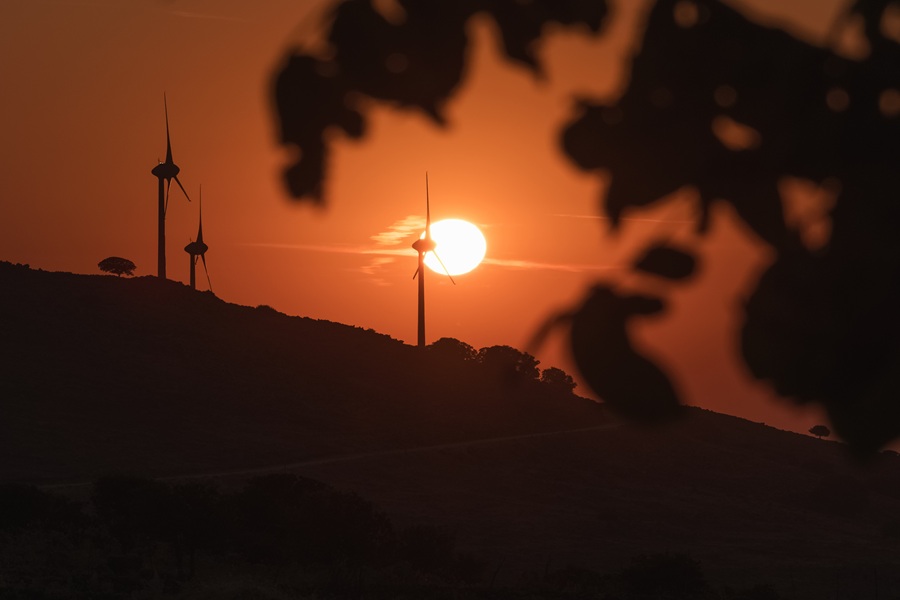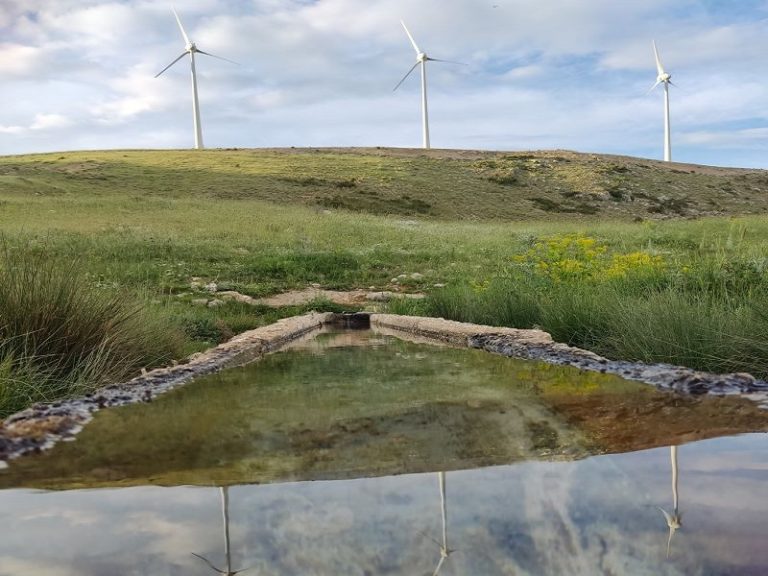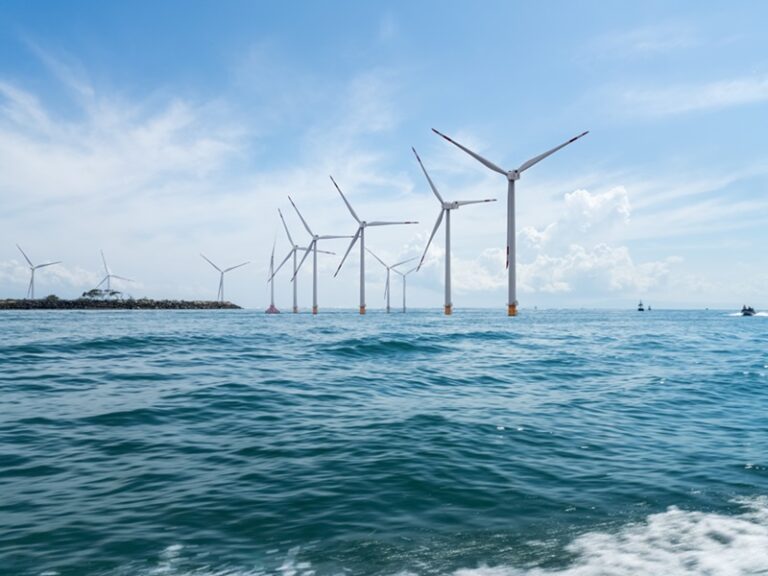Study: Land coverage by wind energy infrastructures in Greece is minimal

Friday, 11 April 2025
Study: Land coverage by wind energy infrastructures in Greece is minimal
The actual land occupation by wind energy infrastructures in Greece is very small. This is the main finding of the relevant study of ELETAEN which was presented at the annual event of WindEurope 2025 in Copenhagen.
Harnessing global warming means a rapid and huge transition to renewable energy sources. In a planet where almost 40% of the world’s ice-free surface is devoted to croplands and pastures to feed a global population of over 8,1 billion (FAO 2019), the land footprint of the energy power plants really matters. Regarding wind energy plants the land coverage concerns mainly hardstands, roads and interconnection works.
For the case of Greece, a country with complex terrain where most of the wind turbines are installed in mountainous areas, we gathered information for the land coverage of 131 Wind Power Stations (hereinafter “WPS”) consisting of 1.209 wind turbines of a total installed capacity of 2.480 ΜW. The average land coverage found was 0,36 ha/MW, which value falls in the range other studies have found in other countries. Further, for the part of the sample where capacity factors of the WPS were also available, the land coverage was also expressed as area per energy yield and the average value found was 1,94 m2/MWh.
This means that the implementation of all onshore wind farms foreseen in the National Energy and Climate Plan (NESK) for 2050 will lead to a total occupation of only 0.03% of the land area of Greece. Lignite mines in Greece cover four times the area (0.13%) with, of course, much more burdensome impacts on the natural and human-made environment.
The provisions of the legal framework in Greece to minimize land coverage were also investigated, while in the scope of the current study was to provide recommendations of measures to minimize the land take of wind turbines and their accompanying works. The study also investigates the unsuitability of such an indicator (ha/MW or ha/MWh) – if used alone – to reveal the actual impact of a WPS in the physical environment and biodiversity.
See a more analytical presentation of the study in Greek HERE
Check the press release (in Greek) for the public presentation of the study HERE
See the poster paper here:
See the short video of A. Vlamakis, I. Eleftheriou & S. Dima presenting the study:


